Understanding Basal Cell Carcinoma and Squamous Cell Carcinoma
Understanding Basal Cell Carcinoma and Squamous Cell Carcinoma
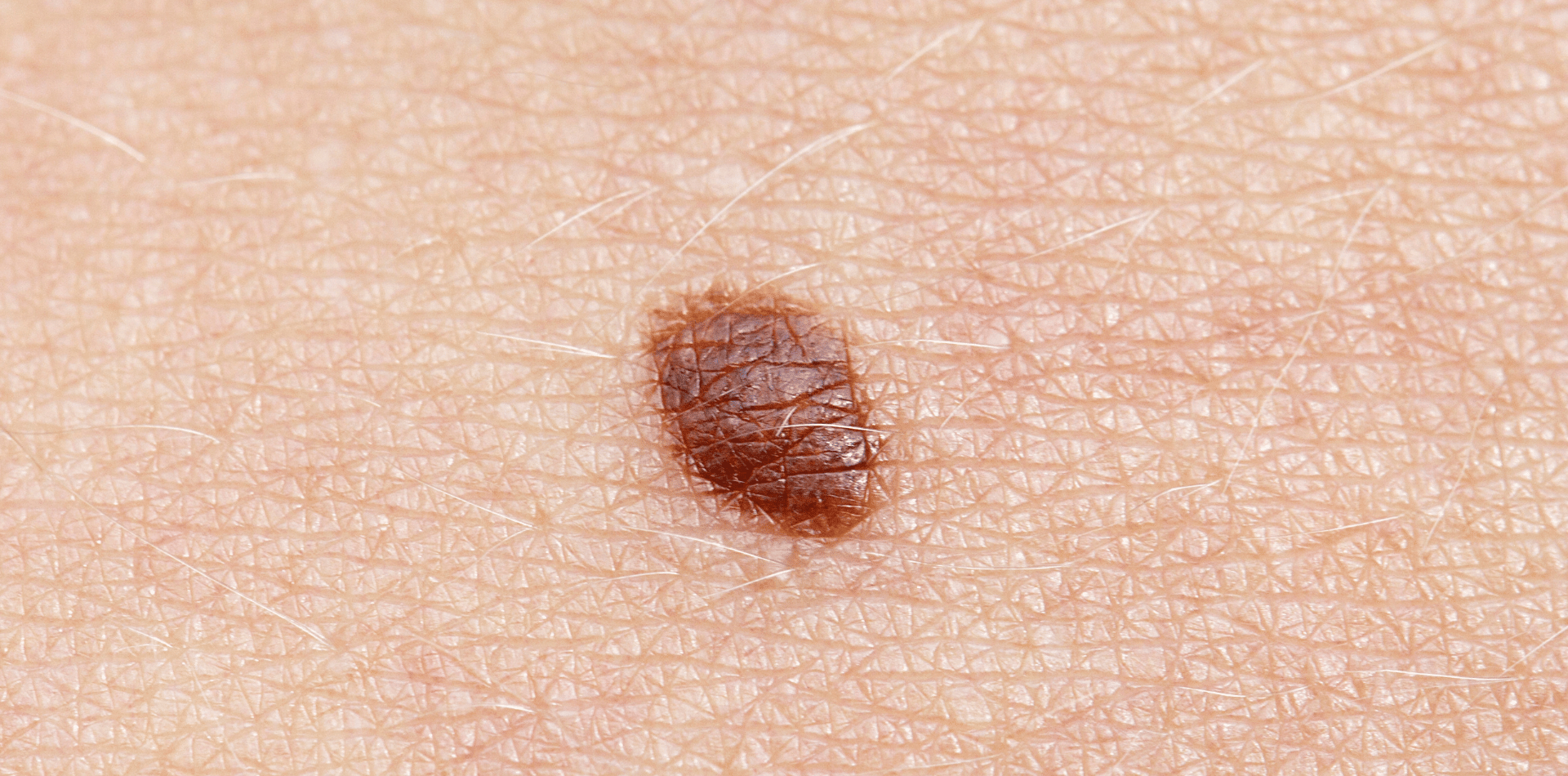
Skin cancer is a prevalent and potentially life-threatening disease that affects millions of people worldwide.
Among the various types of skin cancer, Basal Cell Carcinoma (BCC) and Squamous Cell Carcinoma (SCC) are two of the most common forms.
Let's explore these skin cancers in depth, discussing their characteristics, causes, risk factors, diagnosis, and treatment options.
By the end of this article, you will have a comprehensive understanding of Basal Cell Carcinoma and Squamous Cell Carcinoma, helping you stay informed about these conditions and their management.
Basal Cell Carcinoma (BCC)
Characteristics of BCC
Basal Cell Carcinoma (BCC) is the most prevalent type of skin cancer.
It typically develops in areas of the skin that have been exposed to the sun, such as the face, neck, and ears.
BCC often presents as a raised, pearly bump or a pinkish patch of skin.
It may have blood vessels that appear as fine lines on the surface.
One notable characteristic of BCC is its slow growth and relatively low potential to spread to other parts of the body, making it less aggressive than some other types of skin cancer.
Causes and Risk Factors for BCC
The primary cause of BCC is prolonged exposure to ultraviolet (UV) radiation from the sun or tanning beds.
Fair-skinned individuals, people with a history of sunburns, and those living in sunny climates are at a higher risk of developing BCC. Additionally, genetics can play a role, as a family history of skin cancer can increase your susceptibility.
Diagnosis of BCC
BCC is usually diagnosed through a skin biopsy, where a small sample of the affected skin is examined under a microscope. Dermatologists are skilled in recognising the clinical features of BCC and often perform biopsies when they suspect skin cancer.
Treatment Options for BCC
Treatment for Basal Cell Carcinoma depends on the size, location, and subtype of the cancer.
Common treatment options include:
- Surgical Excision: The cancerous tissue is cut out, and the wound is stitched closed.
- Mohs Surgery: A specialized technique that removes thin layers of cancerous tissue until no cancer cells remain.
- Curettage and Electrodesiccation: The tumor is scraped away and then treated with an electric current to destroy any remaining cancer cells.
- Radiation Therapy: Used in cases where surgery may not be suitable, or when cancer is in an area where preserving surrounding tissue is critical.
The prognosis for BCC is generally excellent, especially with early diagnosis and appropriate treatment.
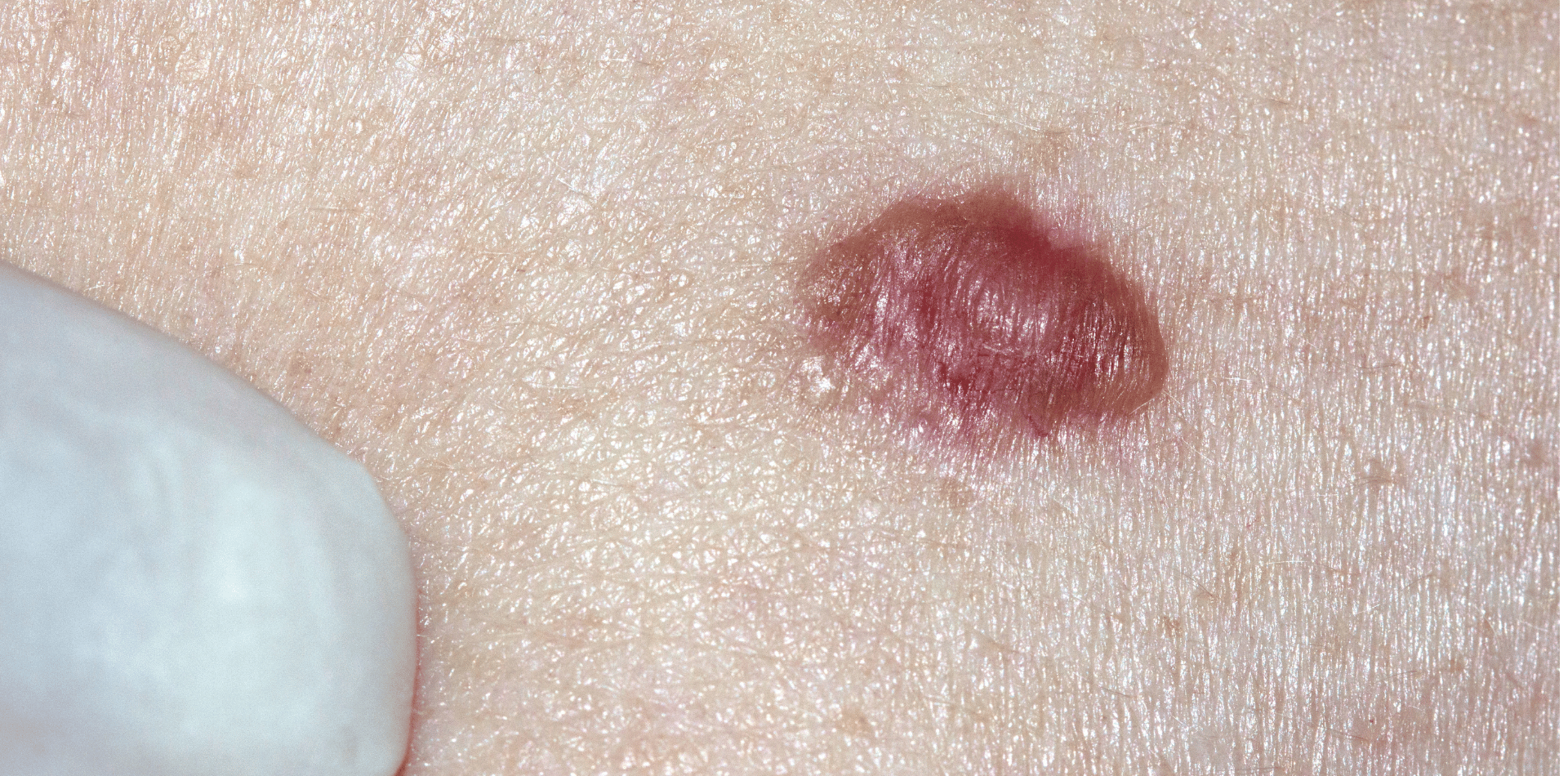
Squamous Cell Carcinoma (SCC)
Characteristics of SCC
Squamous Cell Carcinoma (SCC) is the second most common type of skin cancer, and it often appears as a firm, red nodule or a flat, scaly lesion. SCC can develop on sun-exposed areas like the face, ears, neck, lips, and the back of the hands. Unlike BCC, SCC has a higher potential to spread to nearby tissues, making early detection and treatment essential.
Causes and Risk Factors for SCC
Like BCC, prolonged exposure to UV radiation from the sun and tanning beds is a primary cause of SCC. Fair skin, a history of sunburns, and living in sunny regions are risk factors. Additionally, factors such as a weakened immune system, exposure to carcinogens (such as arsenic or certain chemicals), and a history of radiation therapy can increase the risk of SCC.
Diagnosis of SCC
SCC is also diagnosed through a skin biopsy.
Dermatologists carefully evaluate the characteristics of the lesion and may perform a biopsy to confirm the diagnosis and determine the extent of the cancer.
Treatment Options for SCC
The choice of treatment for Squamous Cell Carcinoma depends on the tumor's size, location, and stage.
Common treatment options include:
- Surgical Excision: Similar to BCC, the cancerous tissue is surgically removed, and the wound is closed with stitches.
- Mohs Surgery: This technique may be used for larger or aggressive SCCs.
- Radiation Therapy: Used when surgery is not feasible, or in cases where cancer has spread.
- Topical Medications: For superficial SCCs, creams or gels containing medication may be prescribed.
- Cryotherapy: The lesion is frozen using liquid nitrogen to destroy the cancer cells.
In conclusion, Basal Cell Carcinoma and Squamous Cell Carcinoma are two common types of skin cancer that often result from prolonged UV radiation exposure.
While BCC tends to grow slowly and is less aggressive, SCC can spread more rapidly.
Early diagnosis and appropriate treatment are crucial for both conditions.
By understanding the characteristics, causes, risk factors, and treatment options for BCC and SCC, individuals can take proactive steps to protect their skin health, and dermatologists can provide timely and effective care to those affected.
FAQs (Frequently Asked Questions)
Are Basal Cell Carcinoma and Squamous Cell Carcinoma the only types of skin cancer?
- No, there are other types of skin cancer, with Melanoma being the most well-known. Basal Cell Carcinoma and Squamous Cell Carcinoma are the most common, but each type has its own characteristics and treatment approaches.
What is the primary difference between BCC and SCC?
- The key difference lies in their aggressiveness and potential to spread. BCC is slow-growing and rarely metastasizes, while SCC can spread to nearby tissues more readily.
Can I prevent these skin cancers?
- Yes, you can reduce your risk by practicing sun safety measures, wearing sunscreen, protective clothing, and seeking regular skin examinations from a dermatologist.
What should I do if I suspect I have skin cancer?
- If you notice any suspicious changes in your skin, such as new growths, changes in existing moles, or non-healing sores, consult a dermatologist for a thorough evaluation and diagnosis.
- Early detection is critical for effective treatment.
More Skin Tips.
CoreBodi
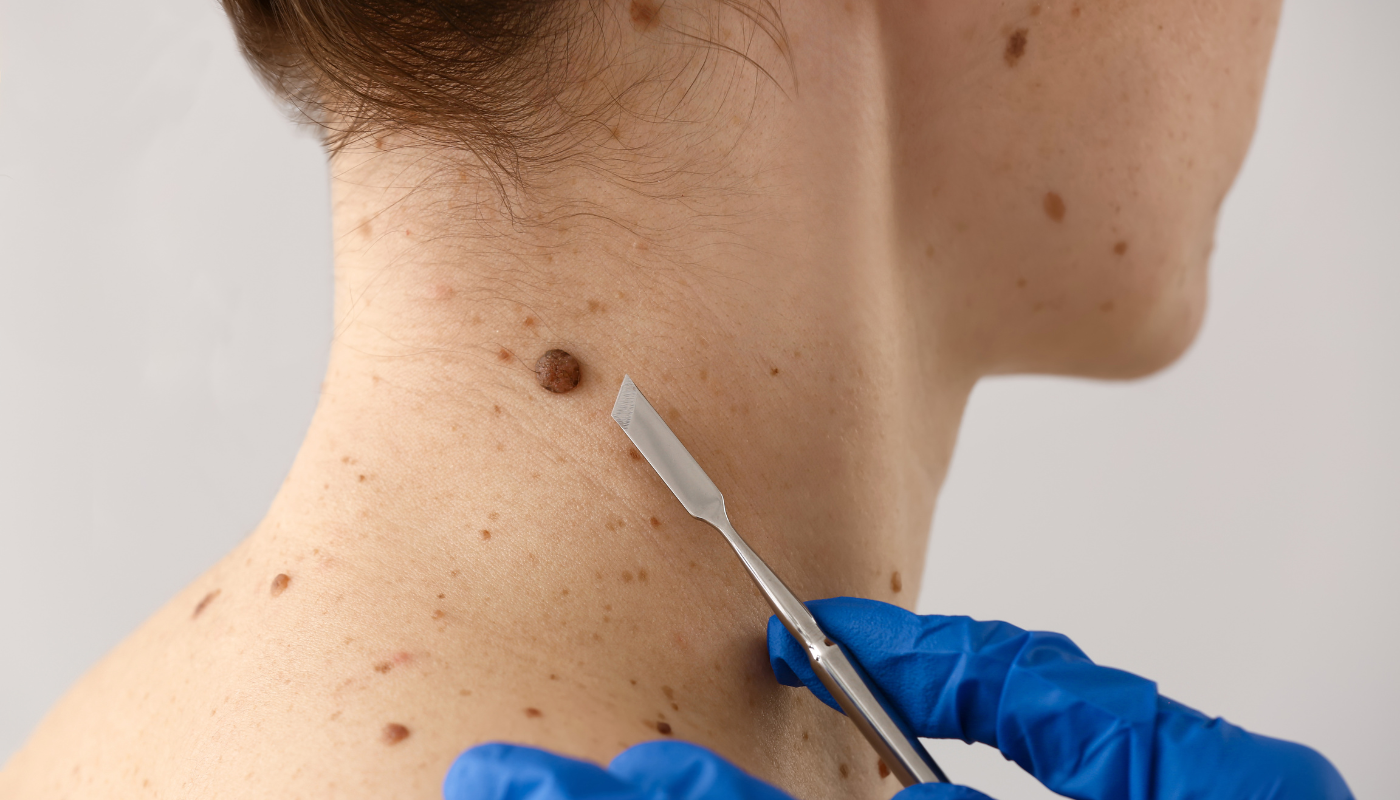



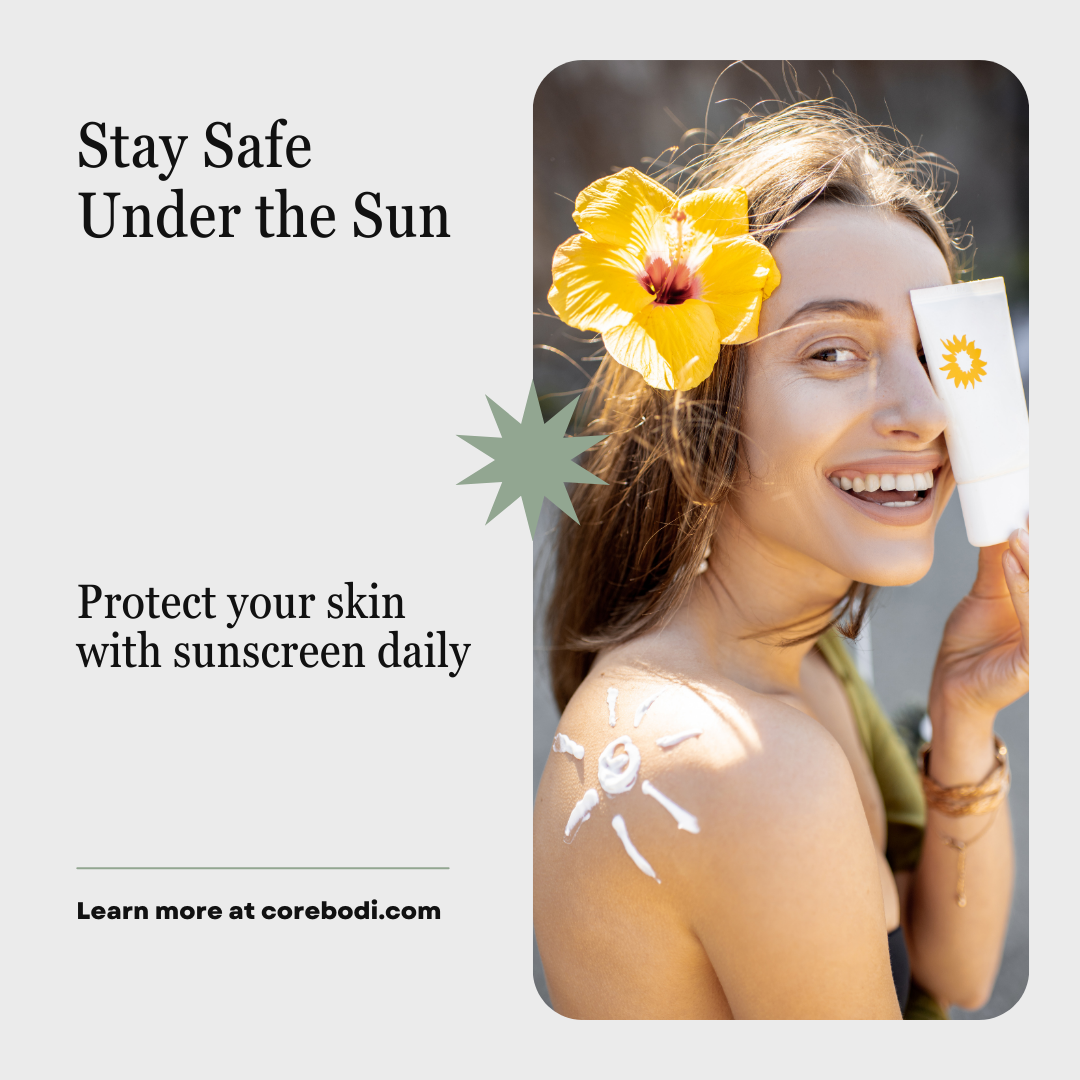

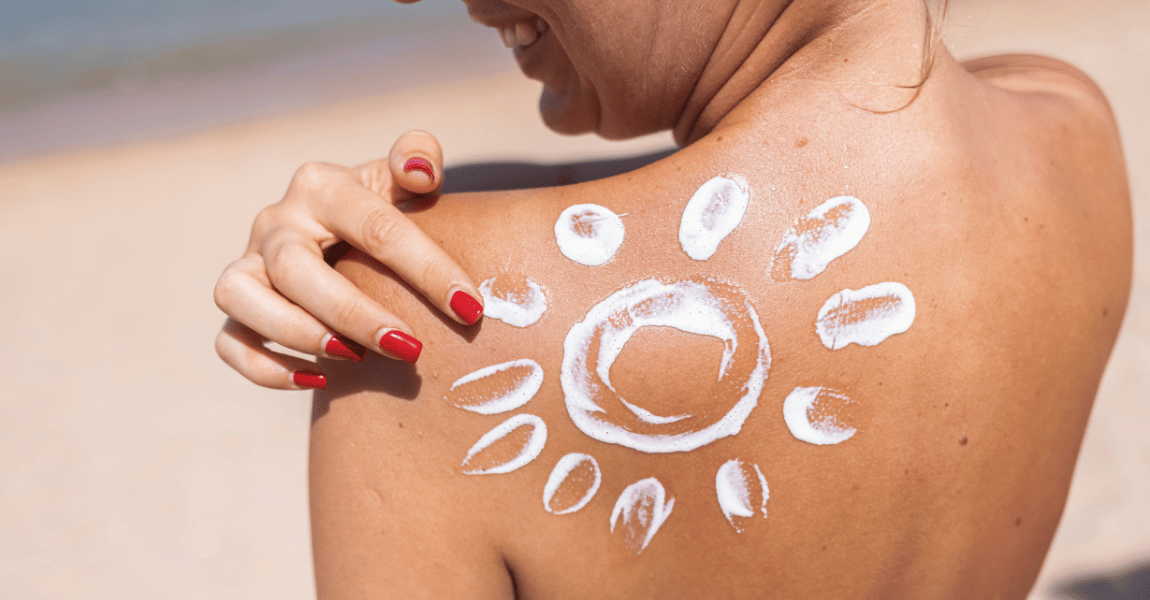



| Powered by Kaptol Media



